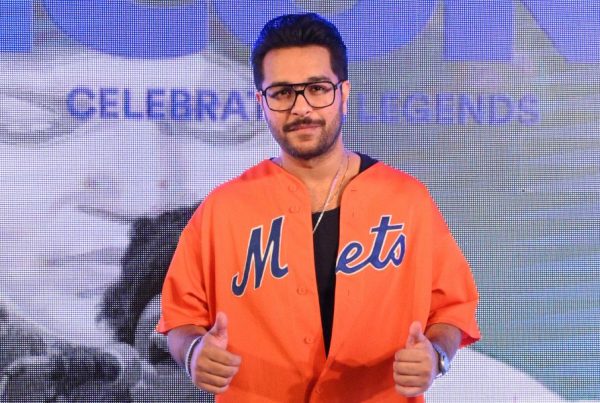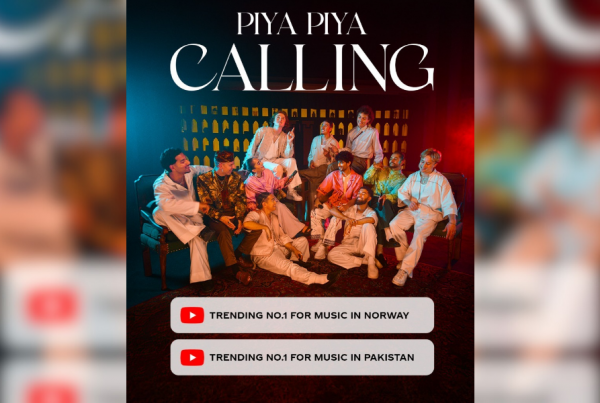As a child, I remember visiting my daadis house and seeing volumes of Urdu digests lying around. My teenage cousins would be hooked to one story after the other and even in my ignorant state of adolescence I remember sensing how every story revolved around a beautiful girl and her love life, whether it involved an unapproachable boss, a class fellow, doctor or some form of mature heroic protagonist who was silent, intense and honourable. As I grew up I realized the stories were the Urdu version of trashy English romances, the Urdu version of a Mills and Boon, without the sex, that is. And this is the literature that the average young girl in Pakistan grew up on back then.
The medium may have changed from print to television but what we see on television nowadays is still a modified version of the classic khawateen digest ki kahani. The story either revolves around a heroine and her love life and relationships or her married life and relationships. There are exceptions, of course, but the scene is pretty static. The average TV drama (these days) is written by women who have grown up reading these stories and they find it almost impossible to think beyond the stereotype. As Hasina Moin pointed out in an interview with Instep, these are writers with very little exposure, writing within the parameters of their own experiences, which are extremely limited. The most recent case in point is Teri Raza, a story that is stuck in the past, in narrative as well as pace. In fact, if it went any slower it would take us back to the Medieval Ages.
Why, amidst the barrage of trashy content on television, does Teri Raza even matter? It matters because of the cast. Teri Raza caught my attention because of Sarmad Khoosat, who’s a magician when it comes to words and ideas, Sanam Baloch, who appears to be an emancipated and progressive actor/anchor and the fact that, as a Big Bang Production, it came with Fahad Mustafa’s personal endorsement. That should mean something about its quality. But several episodes into the serial, with Suhana struggling in a loveless marriage to elder-cousin-turned-husband Imtiaz (who’s the quintessential Urdu Digest hero, being the elder and honourable man in her life) the story is as static as a lump of ice. It’s also just as cold.

Why, amidst the barrage of trashy content on television, does Teri Raza even matter? It matters because of the cast.
I get the issue of the istikhaara but there really is no conflict that needed Divine Intervention. There is no conflict in Teri Raza because Rameez is just so obnoxious. I mean, he’s no Anil Kapoor in Woh Saat Din, who despite being a homeless, jobless and totally unsuitable pauper, was extremely lovable and we as viewers were in constant conflict over who the heroine should be with. Suhana’s daadi needn’t have done an istakhaara for her marriage though; any average human being could have decided this one. And just HOW OLD is Imtiaz because he doesn’t look all that older than Suhana and a number has not been given. I do believe an age difference of 10-15 years is acceptable in our society.
Also read: ‘Teri Raza’ drags its feet
So I looked up the writer, Naila Ansari, who is an experienced writer and apparently lives in Dubai. Beyond that I could not find much so could not draw a fair conclusion on why the content is so archaic. But no matter how old fashioned a script is, it should at least have the sophistication and pace to qualify as a twenty-first-century project when it is shown in this time and age. It can’t be shot as if emerging from the archaic eighties; it can’t be like the black and white sketch that usually graces the cover of an Urdu digest novel. We are a twenty-first century generation and have been exposed to the speed and power of television that gives us Game of Thrones, House of Cards, Scandal, Big Little Lies, etc. Okay, these names may be an extreme comparison but it gets the point across.
My question: is the average Urdu drama serial (notwithstanding a few) scripted and filmed by an archaic generation of writers for an aging generation of viewers or is there anyone born after 1990 who can expect to watch and like what they see?






14 Comments